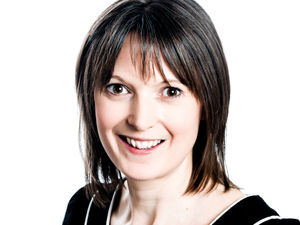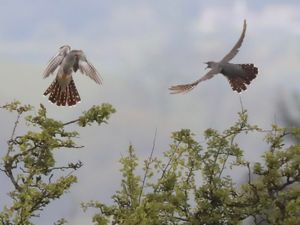What the underwater Victorian village hidden beneath Lake Vyrnwy was actually like
It's easy to write about old Llanwddyn - the lost Victorian village hidden under Lake Vyrnwy.

The remains of the former settlement, deliberately submerged in the late 1800s to create the reservoir, recently resurfaced due to heatwave conditions.
And, even though the re-emergence of this frozen-in-time masonry happens periodically during dry spells, it always sparks keen interest from locals, tourists and especially photographers.
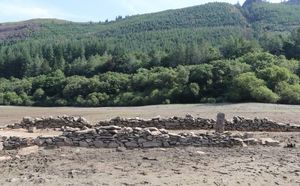
New pictures no doubt produce feelings of nostalgia, and prompt questions in those of us who have an interest in the mystery of the past.
But modern imagery of crumbling walls and bridges doesn't really tell us what the old village was like or what it was made up of.
While modern Llanwddyn stands proud above the water, the former village was once a thriving farming community too.
But it would have been very different to the modern village, not least because of the absence of an enormous lake.
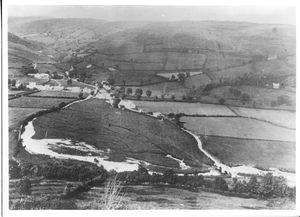
Situated a couple of miles north of the current village, the Victorian version was impressively quaint and almost stereotypically rural in terms of its appearance.
The below image is an artist's engraving, discovered earlier this century in a copy of the Illustrated London News, dated February 1889.
The impression features a building called Eunant Hall, a large house owned by a local landowner that was demolished shortly before the flooding.
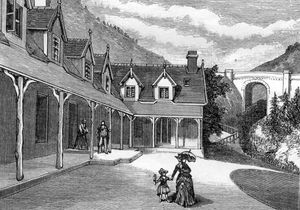
The exact date of the below photograph is unknown, but it was taken shortly before the drowning of Llanwddyn. It shows the Powis Arms Hotel on the right, part of St John's Church in the background, originally built in the 13th century.
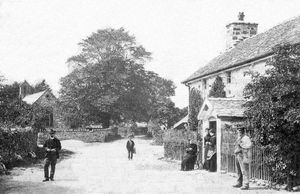
The village had a church, two chapels, a school, three pubs, about 40 houses and apparently a post office and grocery store as the below photograph shows. By the time construction began on the dam, the population was in decline as people were lured away by the prospect of higher wages in the north west and the midlands.
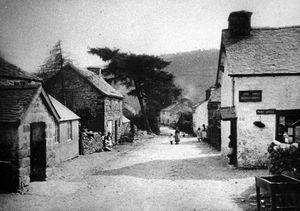
According to Lake Vyrnwy Tourism's website, Llanwddyn was a farming community and the local people mainly ate "mutton broth, porridge, gruel, and milk."
While life would have been tough by today's standards, the people were largely self-sufficient and apparently enjoyed a much longer life expectancy than most of the rest of Britain.
By all accounts, if you like the idea of a traditional rural lifestyle, old Llanwddyn was idyllic.
Seeing the village how it used to be, and hearing just a few snippets of information about what life was like for the people who lived there, makes it all the more galling when you hear the next part of the story.
In 1877, Liverpool was looking for a new reservoir to provide the growing city with water, and Llanwddyn was one of the sites being considered.
The city's engineer visited the village to explore the possibility of damming the River Vyrnwy to create an artificial lake.
The following year, engineers laid trial shafts to see if the rock bed was suitable to host a massive dam.
Unfortunately, for the people of Llanwddyn, it was. And in 1880 the Liverpool Corporation Waterworks Act was passed by Parliament, leaving the path clear for construction work to begin on the dam.

It was a mammoth undertaking, and at one point, around 1,000 people were working on the project. But the dam was completed incredibly quickly, and that meant the villagers had to leave!
Despite protests and a petition, the old village was demolished and a new Llanwddyn was built nearby to house the residents. They even erected a new church, dedicated to Saint Wddyn, which opened in 1888 - the day before engineers closed the valves on the dam.
The lake filled more rapidly than expected and in 1889 water flowed over the lip of the dam.
It would still be a while before the people of Liverpool got their first taste of Lake Vyrnwy water, as nearly 70 miles of piping had to be laid - travelling across mid Wales, parts of Shropshire and onto the city.
It's worth mentioning that the water began its journey at the lake's straining tower, which is a very impressive piece of architecture in its own right, almost reminiscent of a Medieval European castle.
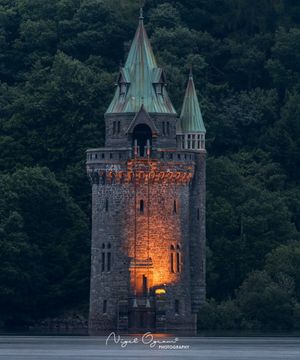
The reservoir's water reached its final destination in 1892, many years after the old village of Llanwddyn was consigned to history.
All that's left of it is only visible when water levels are low, often due to drought-like conditions like the ones we've experienced in recent weeks.
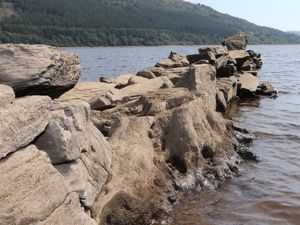
However, it's very clear to anyone interested in the past that old Llanwddyn refuses to be forgotten.
And it has to be said: the modern lake is absolutely stunning:


